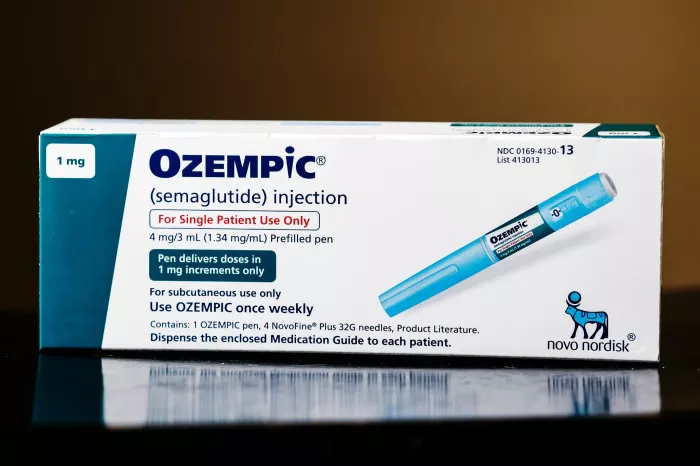Allergy testing is a crucial diagnostic tool that helps identify the specific allergens causing an individual’s allergic reactions. It is essential for anyone experiencing symptoms such as sneezing, itching, hives, or breathing difficulties to undergo allergy testing to determine the cause of their allergies. However, the cost of allergy testing can be a significant barrier for people without insurance coverage. In this article, we will explore the cost of an allergy test without insurance, the factors affecting the cost, and ways to reduce the expense.
Allergy Test Overview
Allergy testing is a medical procedure that helps identify the allergens responsible for an individual’s allergic reactions. There are several types of allergy tests, including skin tests, blood tests, and patch tests.
Skin tests involve applying a small amount of the allergen to the skin and monitoring the skin’s reaction. Blood tests measure the levels of specific antibodies in the blood that are indicative of an allergic reaction. Patch tests involve applying a patch containing the allergen to the skin and monitoring the skin’s reaction over a few days.
Skin tests are the most common and least expensive type of allergy test, with results available within 15-20 minutes. Blood tests are more expensive and take longer to produce results. Patch tests are the most expensive and are only used in cases where other types of allergy testing have been inconclusive.
Cost of an Allergy Test Without Insurance
The cost of an allergy test without insurance varies depending on several factors, including the type of test, the location of the testing facility, and the specific allergens being tested for. In general, skin tests are the least expensive, followed by blood tests and patch tests.
Skin tests typically cost between $60 and $300 per test, depending on the number of allergens being tested. Blood tests can cost anywhere from $200 to $1,000 or more, depending on the specific allergens being tested for. Patch tests are the most expensive, with costs ranging from $500 to $1,500 or more.
Factors Affecting the Cost of Allergy Testing
Several factors affect the cost of allergy testing without insurance. The most significant factors include the type of test, the location of the testing facility, and the specific allergens being tested for.
The type of test: Skin tests are the least expensive, followed by blood tests and patch tests. The cost of the test will depend on the number of allergens being tested.
The location of the testing facility: The cost of allergy testing varies depending on the location of the testing facility. Testing facilities in urban areas are generally more expensive than those in rural areas.
The specific allergens being tested for: The cost of allergy testing depends on the specific allergens being tested for. Testing for common allergens such as pollen, dust mites, and pet dander is less expensive than testing for rare allergens.
Tips for Reducing the Cost of Allergy Testing
If you are uninsured or your insurance does not cover the cost of allergy testing, there are several ways to reduce the cost of testing.
Shop around for the best price: Prices for allergy testing can vary widely depending on the location of the testing facility. Call around to different facilities in your area to compare prices and find the best deal.
Ask about discounts and payment plans: Some testing facilities may offer discounts or payment plans for uninsured patients. Be sure to ask about these options when you call to schedule your test.
Consider a skin test instead of a blood test: Skin tests are generally less expensive than blood tests and can be just as effective in identifying allergens.
Ask your doctor for a referral: Your primary care physician may be able to refer you to a testing facility that offers lower prices or discounts for uninsured patients.
Check for free or low-cost testing options: Some community health clinics and non-profit organizations offer free or low-cost allergy testing for uninsured patients. Check with your local health department or allergy advocacy group for more information.
Conclusion
Allergy testing is essential for anyone experiencing symptoms such as sneezing, itching, hives, or breathing difficulties. However, the cost of allergy testing can be a significant barrier for people without insurance coverage. The cost of an allergy test without insurance varies depending on several factors, including the type of test, the location of the testing facility, and the specific allergens being tested for. To reduce the cost of allergy testing, you can shop around for the best price, ask about discounts and payment plans, consider a skin test instead of a blood test, ask your doctor for a referral, and check for free or low-cost testing options. By taking these steps, you can get the allergy testing you need without breaking the bank.
[inline_related_posts title=”You Might Be Interested In” title_align=”left” style=”list” number=”6″ align=”none” ids=”5125,5098,5095″ by=”categories” orderby=”rand” order=”DESC” hide_thumb=”no” thumb_right=”no” views=”no” date=”yes” grid_columns=”2″ post_type=”” tax=””]
































